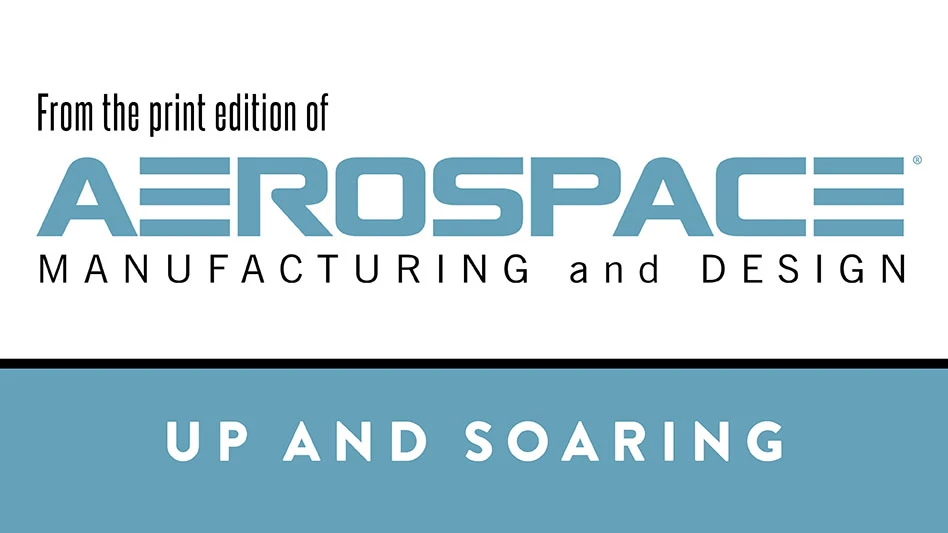
1) What are the biggest challenges in aerospace sealing operations?
Today there are a multitude of different sealing applications – edge sealing, fillet sealing, cap sealing, and interface sealing, for example. In most cases, an operator with knowledge about the application manually applies the sealant by using a premixed frozen or 2-component cartridge. Standard 2-component cartridges (injection-barrier cartridges) contain a pre-filled amount of res-in and hardener. The mixing process causes resin and hardener to react in the cartridge and subsequently results in a total volume of the cartridge, typically 55ml or 180ml.

However, this quantity is often not sufficient. Technicians have to use multiple cartridges, so half-full cartridges are often thrown away, disposing of already cured material. The operator takes a new cartridge, the pot life restarts, and before the material is used up, another cartridge is disposed.
With a 180ml cartridge, a pot life of 2 hours, and an operator output of 45.5ml/h, this results in a 95ml material waste or about 50% of the material. So, the cost of every milliliter of sealant is effectively doubled by waste.

2) How can automation reduce waste?
With ViscoTec's automated solution, the two materials to be dispensed can be purchased separately in larger containers and mixed as required. Emptying systems remove component A and component B from large containers. The 2-component dispenser vipro-DUOMIX combines the two materials and doses an individually adjusted quantity into the cartridge. It ensures that only the amount of material needed is mixed and filled at any time.
Without changing the application technique (still carried out manually), the material can be individually mixed and dispensed by a filling station. This reduces material waste and significantly improves material procurement via large containers (e.g. 20L pail instead of pre-mixed frozen cartridges). In addition, the logistical effort and the environmental impact are reduced. Simply put: More benefits and less effort without changing the overall process.
3) Does automation add time or equipment costs to sealing processes?

ViscoTec filling stations are always customized to the material to be dispensed. High precision and gentle material dispensing are key to meeting the high requirements of the aerospace industry and its specifications. However, filling stations can also be used for materials other than those used for sealing, so capital expenditures can be amortized across various processes. Even with a consumption of ten 180ml premixed cartridges, the payback time when switching to a cartridge filling station or to mix-on-demand can be half a year. Every sealing challenge should be considered on a case-by-case basis, but most are more cost-effective with some form of automation.

Explore the July 2019 Issue
Check out more from this issue and find your next story to read.
Latest from Aerospace Manufacturing and Design
- Heart Aerospace relocates to Los Angeles
- Fixtureworks introduces Stablelock Clamps
- Piasecki acquires Kaman's KARGO UAV program
- PI Americas’ long-travel XY piezo nanopositioners-scanners
- AAMI project call submission deadline extended to May 12
- Jergens launches cast iron tooling column additions
- Airbus to acquire assets relating to its aircraft production from Spirit AeroSystems
- FANUC America's Cobot and Go web tool





